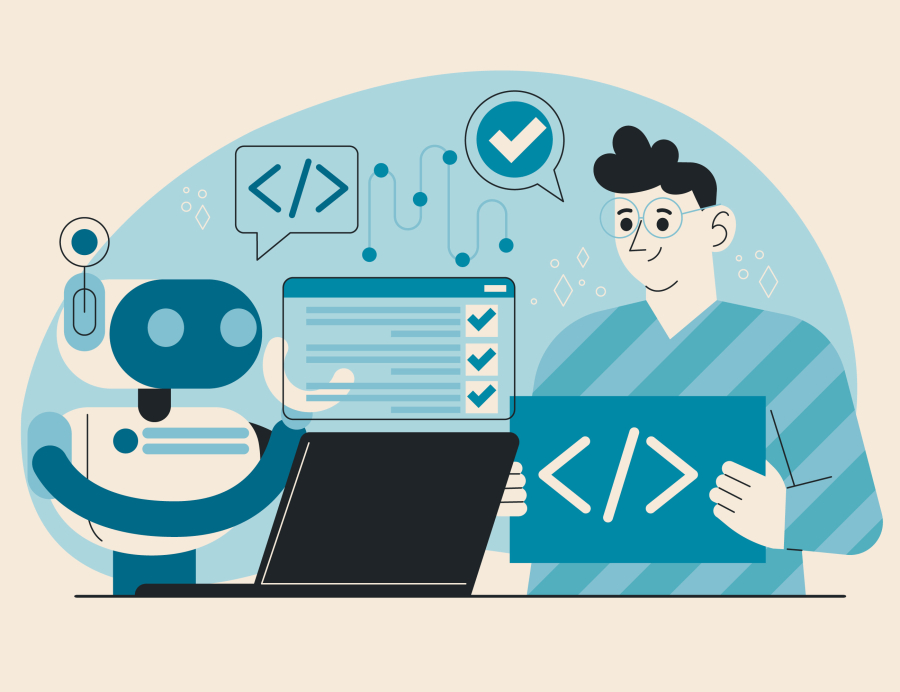Freelancing vs Full-Time Job: Which is Better for Web Developers
As a web developer, choosing between freelancing and a full-time job is a crucial decision. Both career paths have their own advantages and challenges. While freelancing offers flexibility and independence, a full-time job provides stability and benefits. At FreelancerBridge, we help web developers make informed career choices by comparing these two work styles in detail. Let’s explore the pros and cons of freelancing and full-time jobs to determine which is the best fit for you.
Long Description:
Web development is a highly in-demand profession, offering multiple career paths, including freelancing and full-time employment. Each option has unique benefits and drawbacks, depending on individual preferences, skills, and financial goals. At FreelancerBridge, we aim to guide web developers in making the right choice for their professional journey.
1. Understanding Freelancing and Full-Time Jobs
- Freelancing: Working independently on a project basis, often with multiple clients.
- Full-Time Job: Working as a salaried employee for a company with a fixed work schedule.
2. Pros and Cons of Freelancing for Web Developers
✅ Advantages:
- Flexibility – Choose your own working hours and projects.
- Higher Earning Potential – No fixed salary cap; earn based on skills and effort.
- Work-Life Balance – More control over work schedule and lifestyle.
- Varied Experience – Exposure to different industries and project types.
❌ Challenges:
- Income Instability – No guaranteed paycheck, inconsistent client flow.
- Self-Discipline Required – Managing time and workload without supervision.
- No Employee Benefits – No paid leaves, health insurance, or retirement benefits.
- Client Management – Need to find clients, negotiate rates, and handle contracts.
3. Pros and Cons of a Full-Time Web Development Job
✅ Advantages:
- Stable Income – Fixed monthly salary with regular increments.
- Job Security – Long-term career growth opportunities.
- Employee Benefits – Health insurance, paid leaves, and retirement plans.
- Team Collaboration – Learn from colleagues and improve skills in a structured environment.
❌ Challenges:
- Fixed Schedule – Less control over working hours and workload.
- Limited Earning Growth – Salary increases gradually, with fewer earning spikes.
- Less Freedom – Work on assigned projects rather than choosing preferred ones.
- Office Politics – Workplace environment may affect productivity and job satisfaction.
4. Factors to Consider When Choosing
- Financial Stability – Do you prefer a steady paycheck or the potential for higher earnings?
- Work-Life Balance – Do you enjoy a structured work environment or prefer flexible hours?
- Skill Development – Do you want to specialize in one field or gain experience across multiple projects?
- Risk Tolerance – Are you comfortable with income uncertainty, or do you prefer stability?
5. Hybrid Approach: Best of Both Worlds
- Many web developers start with a full-time job and transition to freelancing.
- Some professionals do freelancing as a side hustle while keeping their job.
- Hybrid work (remote jobs with freelance projects) is becoming a popular trend.
Conclusion:
There is no one-size-fits-all answer to the freelancing vs full-time job debate. The best choice depends on your career goals, financial needs, and work preferences. FreelancerBridge helps web developers explore both options and make informed decisions that align with their long-term aspirations.


 by Emily
by Emily




